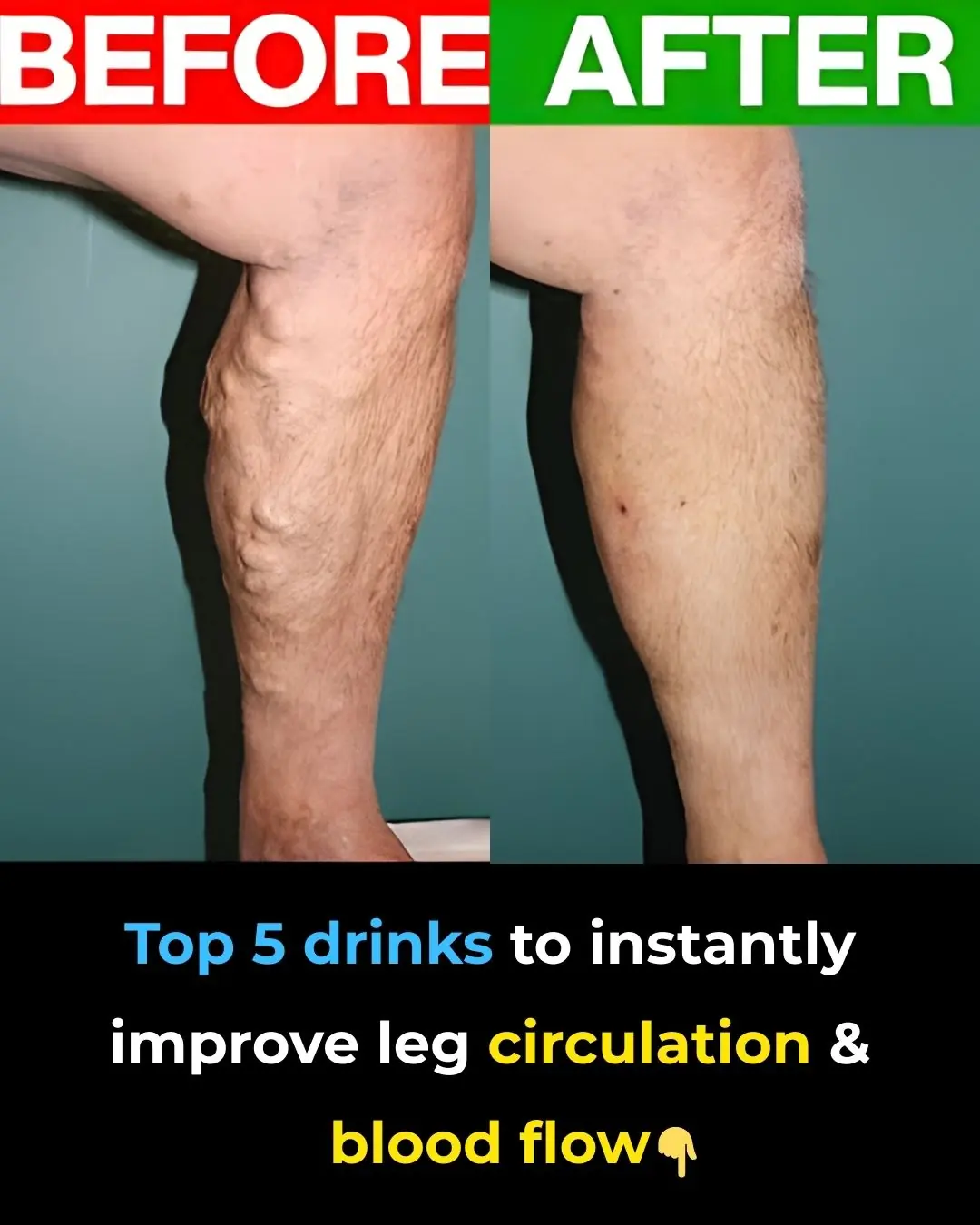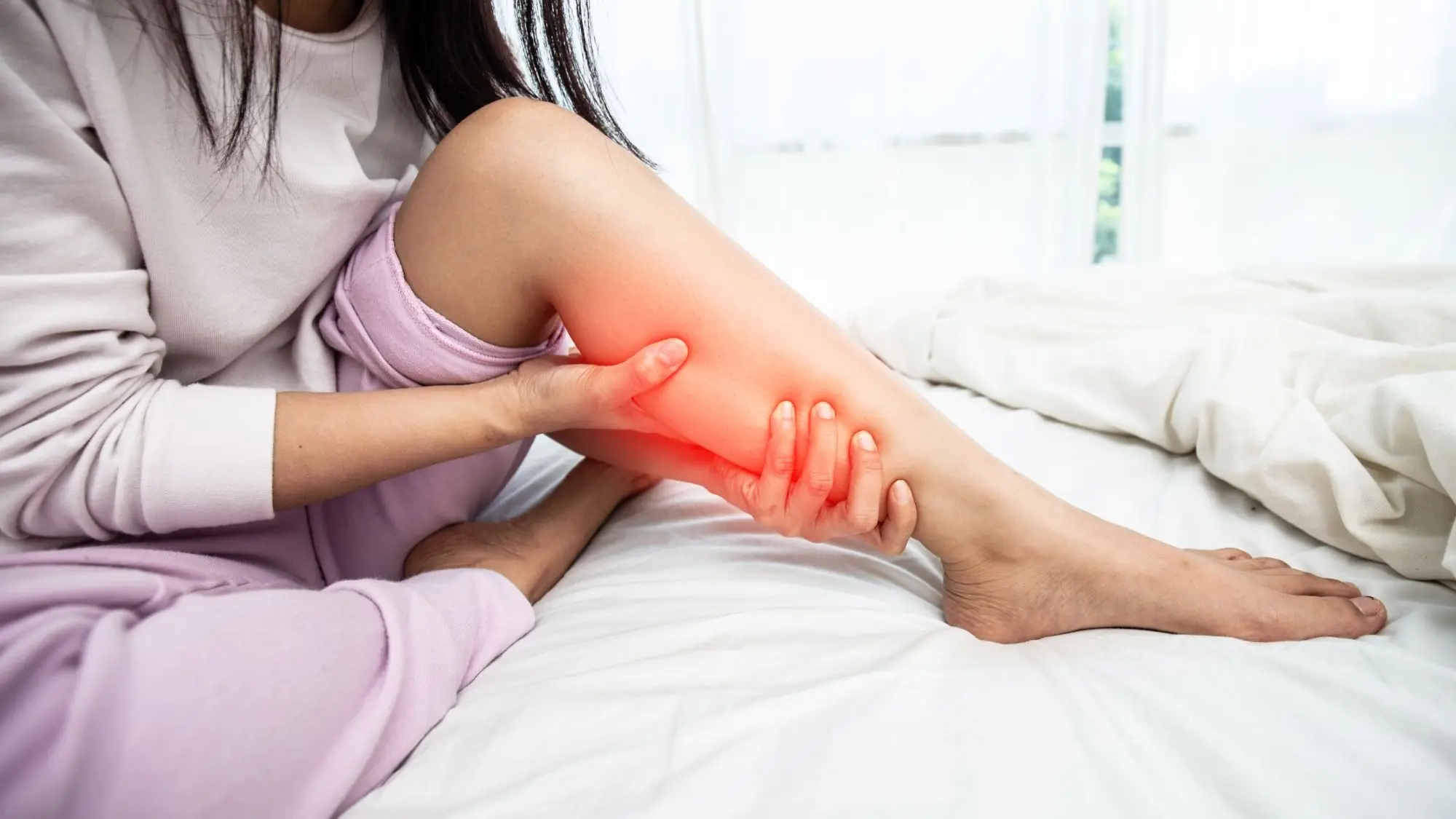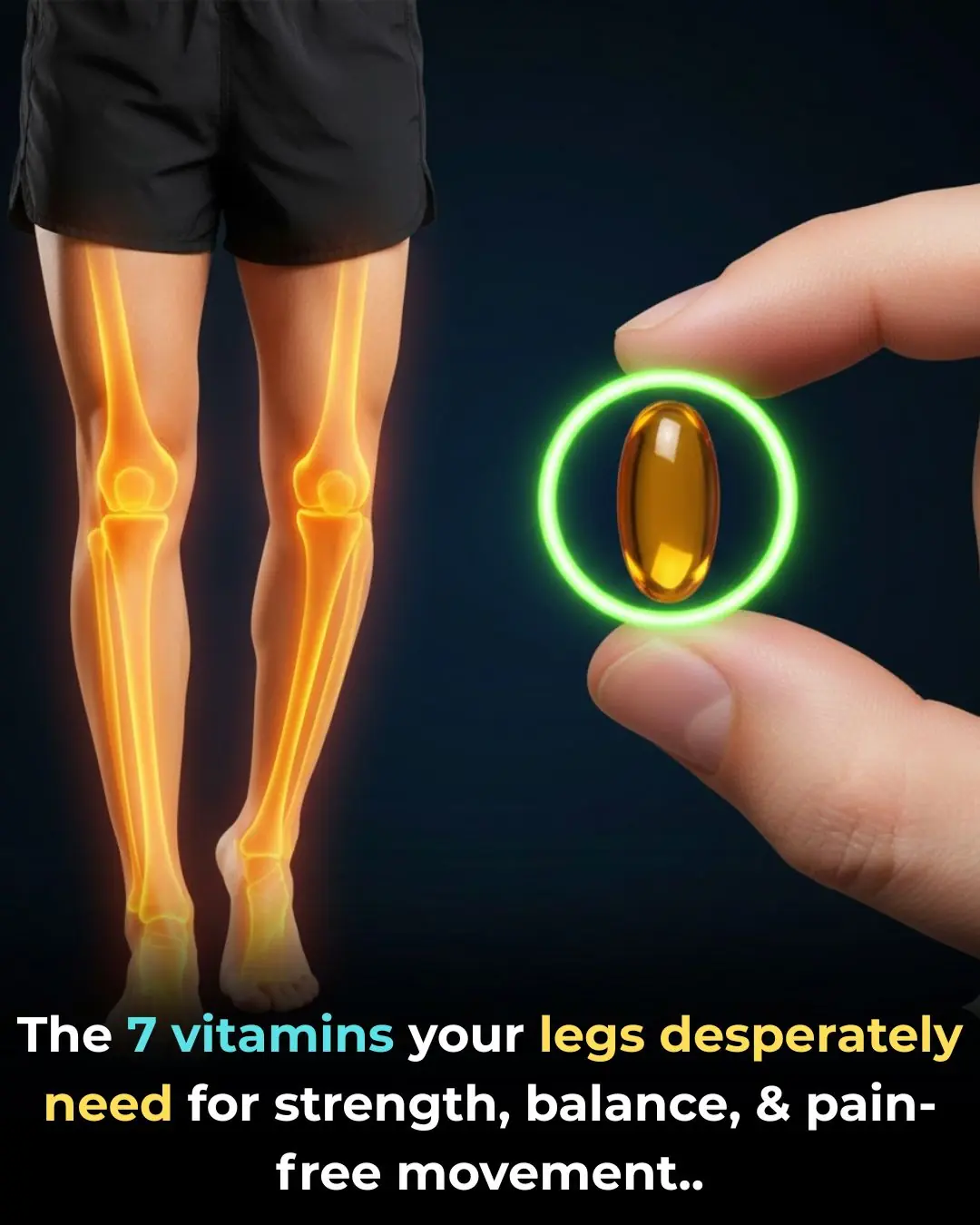
Gentle Stretches to Relieve Sciatica Pain
Gentle Stretches to Relieve Sciatica Pain
Sciatica is one of the most common causes of lower-back and leg discomfort. It happens when the sciatic nerve — the longest and thickest nerve in the body — becomes irritated, inflamed, or compressed. This can cause pain that travels from the lower back through the hips and buttocks, often shooting down one leg and sometimes all the way to the foot.
The good news? You don’t need intense workouts or complicated routines to feel relief. With just a few gentle, beginner-friendly stretches, you can help loosen tight muscles, reduce pressure on the sciatic nerve, and restore easier, more comfortable movement.
Below are three safe, simple exercises you can start today — no equipment required.
1. Seated Twist with Glute Stretch
This movement helps release tension from the lower back and gluteal muscles. Tight glutes are a common contributor to sciatic nerve compression, so this stretch often brings quick relief.
✅ How to do it:
-
Sit on a mat or soft surface with both legs extended straight in front of you.
-
Cross your affected leg over the other so your foot is planted flat on the ground.
-
Hug your bent knee with both arms.
-
Slowly rotate your torso toward the opposite side, lengthening your spine as you twist.
-
Take slow, deep breaths to help the muscles relax.
-
Hold for 15–20 seconds, then gently return to the starting position.
-
Repeat 3–4 times, switching legs if both sides feel tight.
⭐ Why it helps:
This stretch targets the lower back, glutes, and outer hip — the areas most commonly involved in sciatic irritation.
2. Lying Hamstring Stretch
Tight hamstrings can pull on the pelvis and lower back, making sciatic pain worse. This gentle stretch improves flexibility in the back of the thigh and helps restore natural posture.
✅ How to do it:
-
Lie flat on your back with both legs extended.
-
Bring the affected leg toward your chest.
-
Hold behind your thigh (never the knee) with both hands.
-
Slowly straighten your leg upward until you feel a gentle stretch.
-
Keep your hips relaxed and avoid forcing the movement.
-
Lower the leg and repeat 10 times, completing 3 sets with short breaks.
⭐ Why it helps:
Lengthening the hamstring reduces pulling on the lower back, easing nerve pressure and improving mobility.
3. Seated Piriformis Stretch
The piriformis muscle sits deep in the buttocks, very close to the sciatic nerve. When it becomes tight or inflamed, it can irritate the nerve — a condition known as piriformis syndrome. This stretch directly targets that muscle.
✅ How to do it:
-
Sit upright in a sturdy chair with both feet flat on the ground.
-
Cross your affected leg over your opposite knee to form a “figure-4” position.
-
Hold your foot with one hand while gently pressing the raised knee downward with the other.
-
Keep your back straight and chest lifted.
-
Hold for 15–20 seconds, then relax.
-
Repeat 3–4 times, switching legs as needed.
⭐ Why it helps:
Releasing the piriformis muscle can dramatically reduce sciatic nerve irritation, especially when pain radiates through the buttock.
Additional Tips for Safe Practice
For the best results and to avoid injury, keep the following in mind:
-
Wear loose, comfortable clothing.
-
Choose a quiet, relaxing environment.
-
Breathe slowly and steadily as you stretch.
-
Never push through sharp pain, tingling, or numbness.
-
Stay consistent — aim to stretch at least 3–5 times per week.
-
Add light walking to your routine to improve circulation and support healing.
In Summary
Sciatica can be frustrating and sometimes debilitating, but gentle stretching can play a major role in relieving discomfort. When practiced regularly, these movements can:
-
Reduce pain and muscle tension
-
Improve flexibility and mobility
-
Support better posture
-
Restore confidence in everyday movement
Remember: listen to your body, move slowly, and consult a healthcare professional if symptoms persist, worsen, or involve severe numbness or weakness. With patience, consistency, and mindful stretching, meaningful relief is absolutely possible.
News in the same category


🩺 Be Aware: If You Notice This Skin Change, It Could Be Skin Cancer — Here’s What to Look For

Gastroenterologist says this is the #1 drink for gut health

What your body does when you drink coffee every day

The 5 best supplements to soothe nerve pain and tingling

Doctor says this is the #1 supplement to take if you have arthritis

Stop blood sugar spikes—enjoy carbs without the crash!

Gastroenterologist says this is the #1 drink for gut health

6 Types of Warts (Signs, Symptoms, Home Remedies, and Treatment)

Many experts warn that this food may increase health dangers — stop eating it now!

93% of people won’t do this yet it lowers blood pressure quickly

What Happens to Your Body When You Eat Canned Tuna Every Day

This Tropical Fruit Could Help Protect Your Liver and Fight Cancer

6 Foods You Absolutely Need To Avoid If You Suffer From a Thyroid Disorder

Top 5 drinks to INSTANTLY improve leg circulation and blood flow

This is why you have leg cramps at night and how to fix this problem

Is Your Blood Too Thick? How Poor Circulation Can Affect Your Entire Body

The Plant That Kills Cancer Cells, Stops Diabetes And Boosts Your Immune System!

7 powerful vitamins you need for strong, healthy legs
News Post

Karma’s Gift: How Juliette Lamour Became a $48 Million Winner

Stop blood sugar spikes—enjoy carbs without the crash!

Add a few drops of essential oil to the cleaning water.

The most powerful anti-cancer food you’ve probably never tried

Large Navel Oranges vs Small Navel Oranges

🩺 Be Aware: If You Notice This Skin Change, It Could Be Skin Cancer — Here’s What to Look For

Gastroenterologist says this is the #1 drink for gut health

What your body does when you drink coffee every day

The 5 best supplements to soothe nerve pain and tingling

Doctor says this is the #1 supplement to take if you have arthritis

Good to know!

I had no idea

Works like a charm

Stop blood sugar spikes—enjoy carbs without the crash!

Gastroenterologist says this is the #1 drink for gut health

6 Types of Warts (Signs, Symptoms, Home Remedies, and Treatment)

Educational Summer Camp ‘HBCYouth’ Is Bringing the Next Generation to HBCU Campuses

Senator Cory Booker to Release New Book ‘Stand’ Expanding on Historic 25-Hour Senate Speech

18-Year-Old Brandon Moss Makes History as Youngest Mayoral Candidate in Fairfield, Alabama
